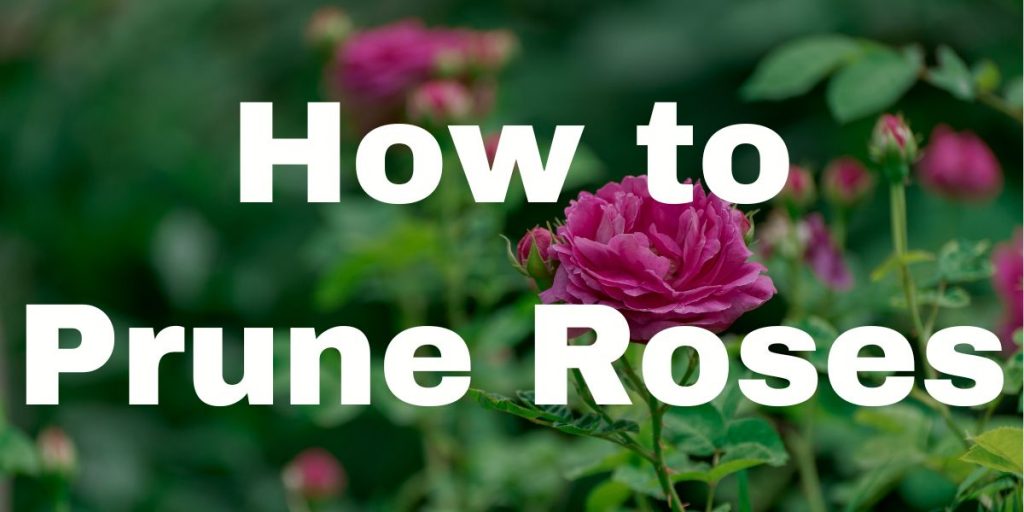March in the Pacific Northwest means it is time to prune roses. If you want large flowers with long stems and attractive rose bushes, now is the time to get out your pruning shears.
Rose pruning is really quite simple. You will need a pair of gloves to protect your hands from the thorns and a good sturdy pair of pruning shears. And, you may want to protect the canes from insect and disease infestations by treating them with a pruning paint.
As a rule it is a good idea to make all pruning cuts just above an outside bud so the new growth will develop outward, thus opening-up the plant to allow for better air circulation and sunlight exposure.
Roses are easy to prune if you simply follow a few basic fundamentals. You can ask ten or twenty different people how to prune roses and you will probably get that many different ideas, and they will probably all work just fine. But, in the thirty five plus years that I have been pruning roses I have found the following methods the easiest to remember and very effective in accomplishing attractive, free flowering rose bushes.
HYBRID TEAS – These are the type of roses that produce the large flowers, one per stem. I find it easiest to prune them by the size of the cane. For example, if a small cane is about the size of a pencil, prune it back to four to six inches from the graft (the swelling at the base of the canes, where the bush was budded onto the root stock). If the cane is about the size of our little finger, prune it back to about four to eight inches from the graft. Canes that are the size of your forefinger should be pruned down to about eight to twelve inches from the graft. Larger canes that are thumb sized or larger should be pruned at two feet of less, if possible. Sometimes the large canes do not have growth buds that low on them, so cut back as far as you can to the lowest bud. Usually it is a good practice to limit the canes to about four or five of the young, strong new rose canes. Select the outer canes, so it opens-up the bush to permit better sunlight exposure and air circulation.
FLORIBUNDA AND POLYANTHUS – These are the types of roses that produce lots of flowers per stem. Although some can be cut and used as cut flowers, most are grown for garden show because of their prolific flowering habit. The floribundas are generally smaller growing. These are easy to prune, simply head the canes back at about twelve to eighteen inches from the graft.
If the bush is really full of canes it is a good idea to thin out a few, again for better exposure to sun and air.
CLIMBING ROSES – These are undoubtedly the most misunderstood of all roses when it comes to pruning, yet they are quite easy to prune. Limit the climbing rose canes to about four or six. Spreading an even number on each side, so the plant is balanced. Remove the surplus canes. The ones you keep should be the younger green canes. Spread the canes out. The only pruning you do on the main cane is to simply cut it back on the tips so it fits the surface, the plant is covering. Do not cut the canes severely as you do with the other types, because a climbing rose produces canes one year and they do not flower until the second year. So if you cut it back severely, there would be no flowers until the next season. Any secondary growth that develops off the main cane should be cut back to the second growth bud, usually making it only about two or three inches long.
MINIATURE ROSES – These are really easy to prune. Cut back only about one-fourth of the old growth, shaping the plant so it has a nice bushy growth habit.
TREE ROSES – Never prune the main upright stock of a tree rose. All pruning cuts would be made using the graft at the top of the tree stock, as the guide from which the pruning distances are determined. In other words the bushy head of the tree rose is what needs pruning. Make the pruning cuts according to the type of rose that is grafted onto the tree stock.
Proper pruning of roses not only encourages larger sized roses, but also helps create longer stems and more attractive bushes.
